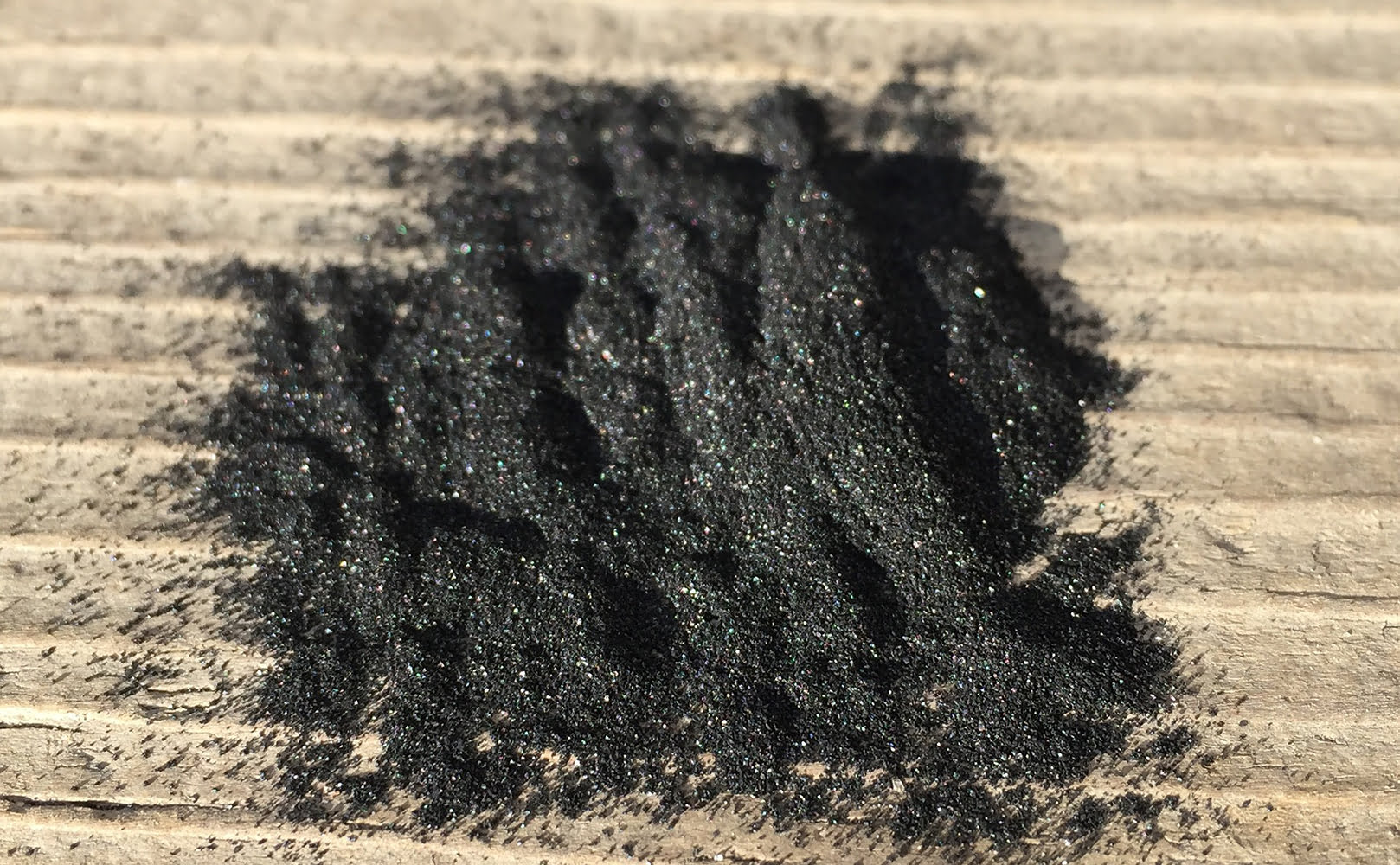Does Reverse Osmosis Remove Atrazine from Water? Let’s Find Out!
Written by: Alexandra Uta // Last Updated: May 31, 2023
This page may contain affiliate links. If you buy a product or service through such a link we earn a commission at no extra cost to you. Learn more.
Atrazine, a commonly used weed killer in the USA, makes its way into tap water supplies through agricultural runoff.
Unfortunately, it is slow to break down and not affected by heat or sunlight, so it hangs around in the water for a long time, and in some states, the levels in water are above the safe limits set by the EPA.
Can you use reverse osmosis to remove atrazine from water? Let’s find out.
Key Takeaways
- Reverse osmosis itself may remove some atrazine from water, but the primary filtration media for its removal is activated carbon, which is a filtration step found in most reverse osmosis systems.
Does Reverse Osmosis Remove Atrazine from Water?
So, does reverse osmosis remove atrazine?
No, the filtration step of reverse osmosis itself may not remove atrazine. However, reverse osmosis systems for home use don’t work on just RO alone; they come with pre and post-filters. If your reverse osmosis system utilizes activated carbon for pre-filtration or post-filtration, it is this step that is effective in removing around 95% of atrazine.
Tip: When purchasing a reverse osmosis system, look for one NSF-certified to remove atrazine and double-check the reduction rate.
How Does Reverse Osmosis Remove Atrazine, and How Effective Is It?
Activated carbon is the most effective filter medium for removing atrazine from your water. Most reverse osmosis systems contain activated carbon filtration steps, which will remove most of the atrazine from the water, though the reverse osmosis filtration step may remove some too.
In total, 95% or more atrazine will be removed from water using a reverse osmosis filtration system with an activated carbon filter stage.
Other Ways to Remove Atrazine from Tap Water
There are different methods to remove atrazine from water that do not involve a reverse osmosis system; however, they are not as broad in the removal of other contaminants, or they are not very efficient.
Activated Carbon Filtration
As mentioned before, activated carbon removes both herbicides and pesticides from water and can do so very efficiently. There are activated carbon filters you can install, or there are even water filtration pitchers that use activated carbon as their primary filter that will work to remove the atrazine from water.
Water Distillation
Water distillation involves boiling water and then catching the steam when it condenses. This steam will cool down into liquid again, leaving the contaminants behind. It effectively removes most contaminants from water, and some systems also contain activated carbon sachets at the spout for extra peace of mind.
The downside? The process is slow and expensive to run.
How to Test for Atrazine in Water
It is a good idea to test your water first to see if atrazine or other herbicides and pesticides are present and in what quantity. You can do this by sending a sample of your water to a certified lab or checking the latest report from your local water supplier. Home water testing kits are also an option, though they are not as reliable.
- The cheapest way is to contact your public water supplier to ask for the most up-to-date information on the water’s quality, which they are mandated to monitor.
- Water companies also send annual reports to consumers containing information about the water’s quality; from the type of contaminant present to the level in which it exists.
- If you use a well or private water source, then this is not a viable option, so you will need to have the water tested at an EPA-certified lab or do your own testing using a test kit.
Is There Atrazine in Bottled Water?
It is possible. It depends on the source and on the methods the company uses to obtain (and filter) the water. If the source water contains atrazine, and the company does not use water purification to remove it, then it will still contain atrazine.
Health Effects of Atrazine in Drinking Water
Several possible adverse health effects are thought to be triggered by consuming unsafe amounts of atrazine in drinking water.
These effects include a heightened risk for certain types of cancer, miscarriage, low birth weight, heart or limb defects, infertility, eye irritation, headaches, nausea, hormonal disruption, and irregular menstrual flow. For most people, these health risks may be low from drinking atrazine-contaminated water. However, long-term exposure to even low concentrations of atrazine has been linked to an increased risk of health issues.
The health effects of atrazine have led to its ban in Europe decades ago, but there are not many restrictions in place for its use in the USA.
If you have any thoughts about the question, does reverse osmosis remove atrazine, please don’t hesitate to leave a comment below!
Information provided on BOS is for educational purposes only. The products and services we review may not be right for your individual circumstances.
We adhere to strict editorial guidelines. Rest assured, the opinions expressed have not been provided, reviewed, or otherwise endorsed by our partners – they are unbiased, independent, and the author’s alone. Our licensed experts fact-check all content for accuracy. It is accurate as of the date posted and to the best of our knowledge.



